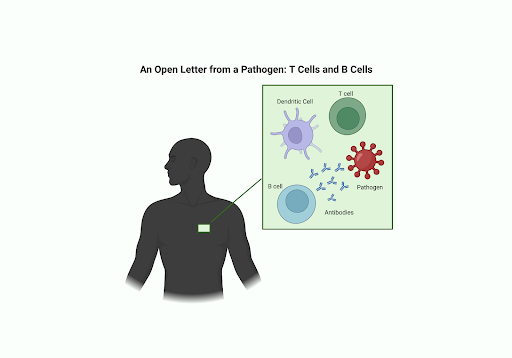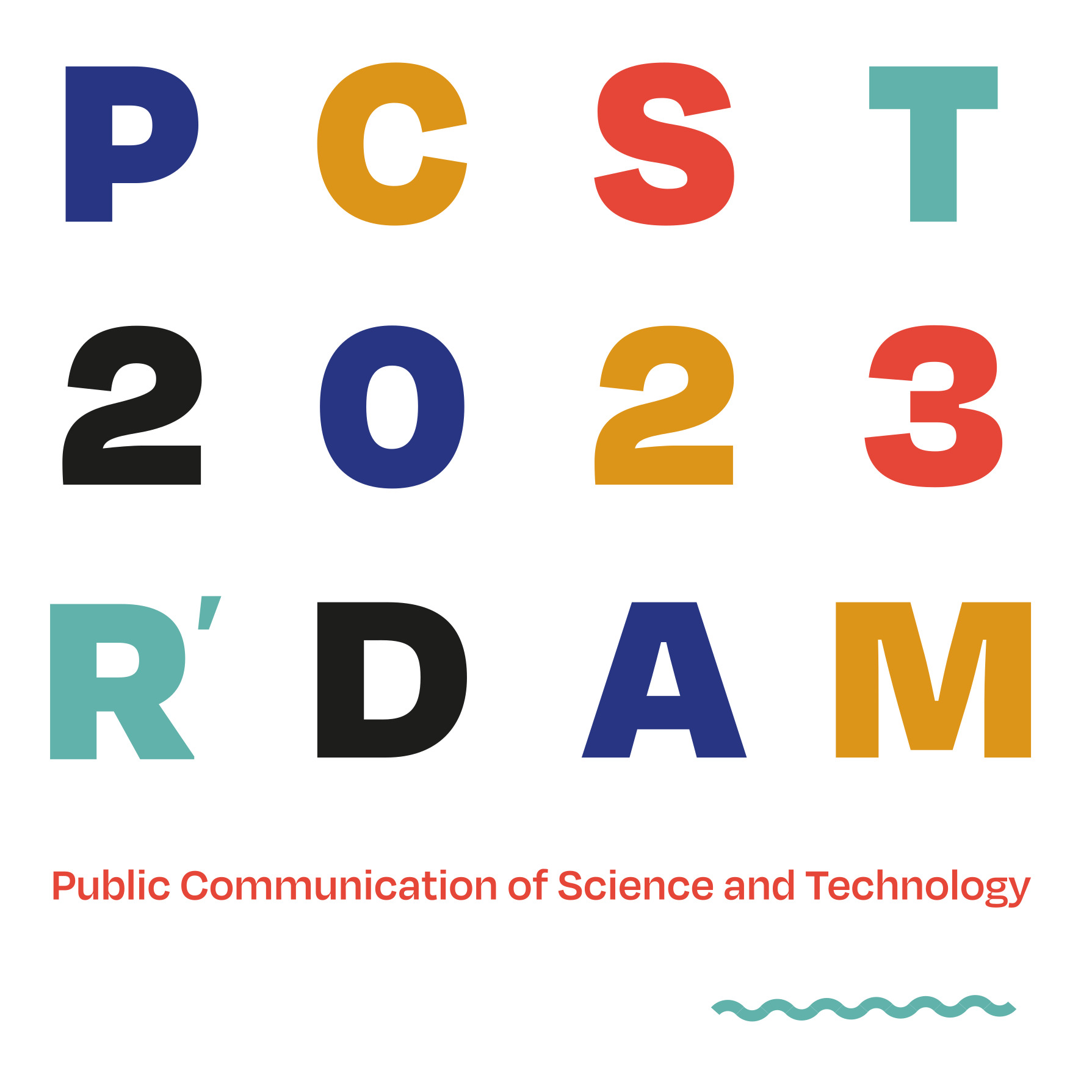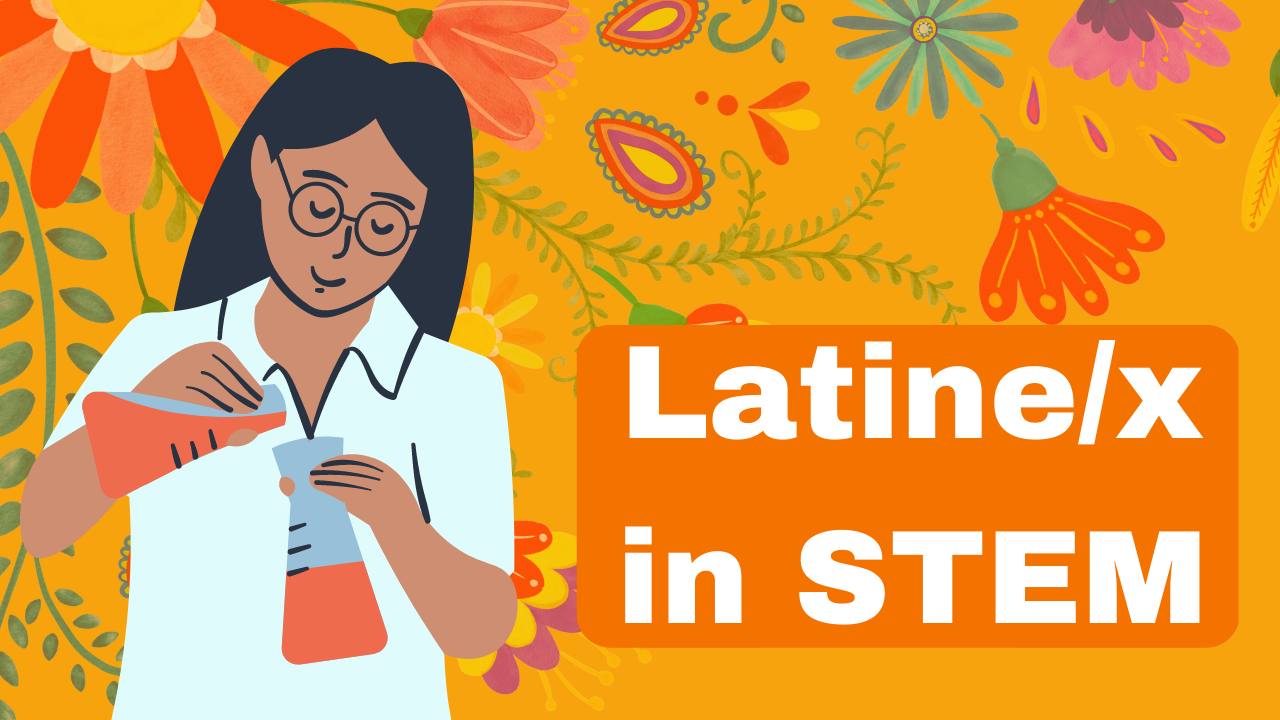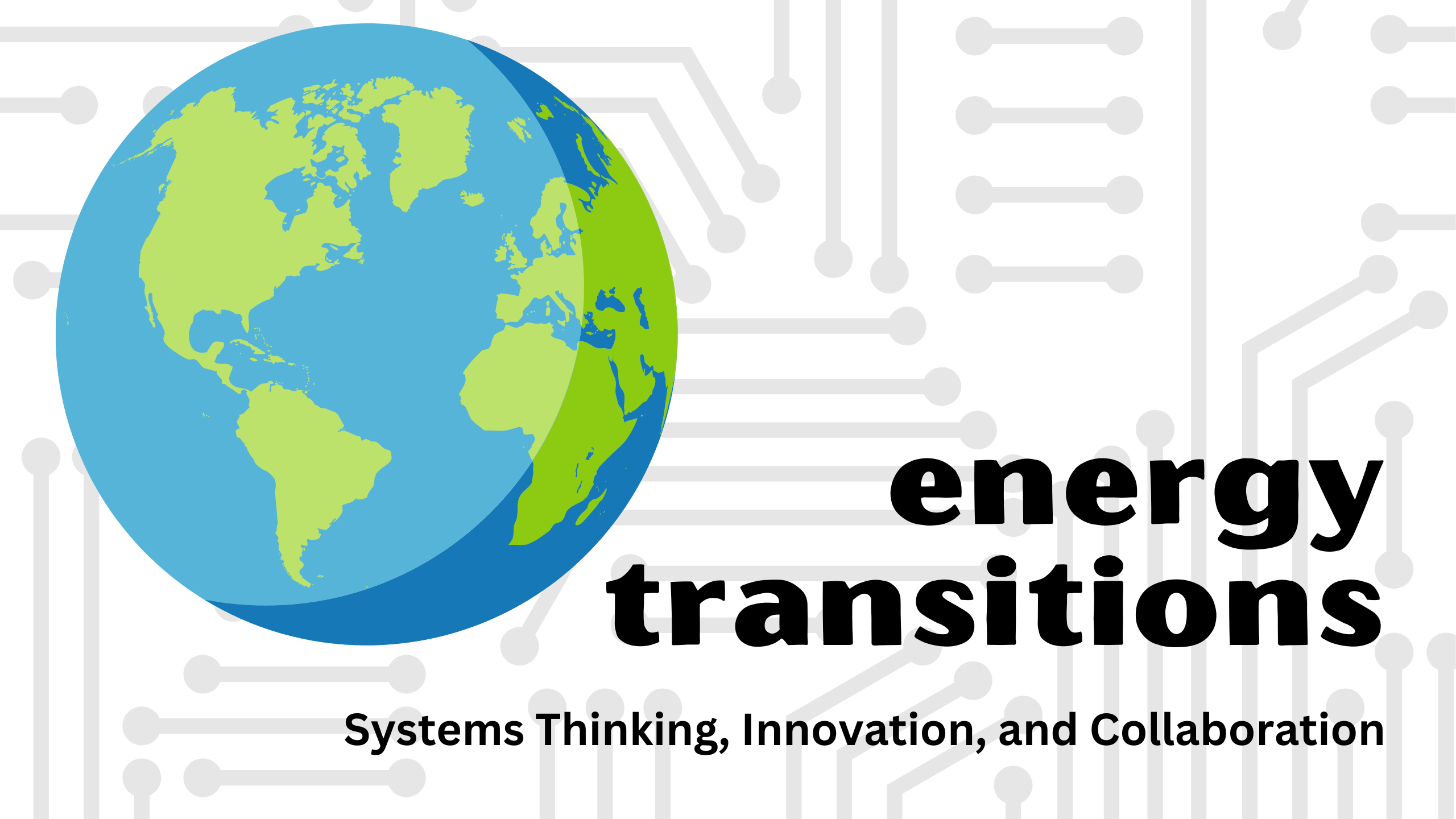An Open Letter from a Pathogen: T Cells & B Cells
By Ariane Tsai, C2ST Intern, University of Illinois Urbana-Champaign, Institute for Genomic Biology
Do you ever wonder how our bodies protect themselves from threats?
Not only are our bodies constantly under threat from the outside world, but they also naturally produce cells that could be harmful, like cancer! Thankfully, our bodies have built up their own defense systems to fight off these dangers. In this article, we will take a closer look at an aspect of the immune system called adaptive immunity, where T cells and B cells work hand in hand to eliminate pathogens from our bodies.

Continue reading “An Open Letter from a Pathogen: T Cells & B Cells”




